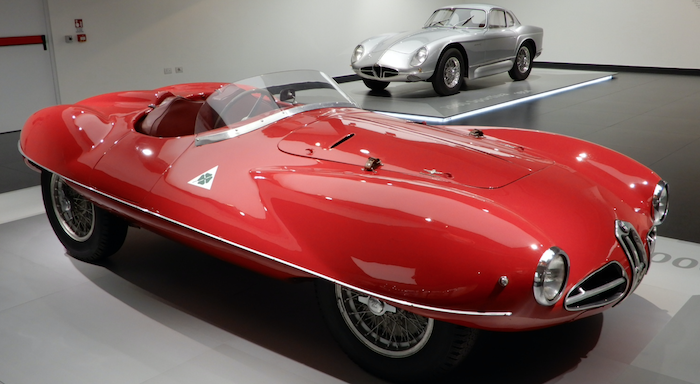But in the late 1930s MG built the SA (originally 2-Litre) series on a large, 123-inch (3100 mm) wheelbase. Some backgound is here.
According to the link, Morris Garages' intention was to combat the increasingly popular SS (soon to be renamed Jaguar) sports sedans. Around that time, MG was absorbed into Morris Motors and originally planned engineering was abandoned and the SA received many Morris parts including a Wollseley motor that was hopped-up by MG engineers. Saloons appeared for the 1935 model year, and for 1936 drophead coupe and tourer bodies were added. Total 1936-1939 production was 2,739.
1936c. publicity photo
1938 MG SA Saloon - car-for-sale photo
Like the Jaguar saloons, the hood (bonnet) is long, the roofline low.
1937 MG SA Saloon - photos via RM Sotheby's and Hemmings
Now for an abbreviated walkaround. Note the traditional MG grille as found on its TA though TF sports cars.
The slant of the windshield is echoed by the front door's forward cutline, the hood cutline and the hood's louvers.
The backlight window came in two segments due to the need to use flat glass panels. The fabric top section suggests that the body is not all-steel, probably built using current coach builder technology.
The trunk (boot) is integral, the spare tire being attached to the trunk lid.
From this angle (not normally seen under normal conditions), the front end seems light, delicate, and the passenger compartment and rear end looks comparatively heavy. Since around 1950, most cars have fatter, more blunt front ends, so there's not the contrast we see here.
A handsome car of its time and English place.

















































